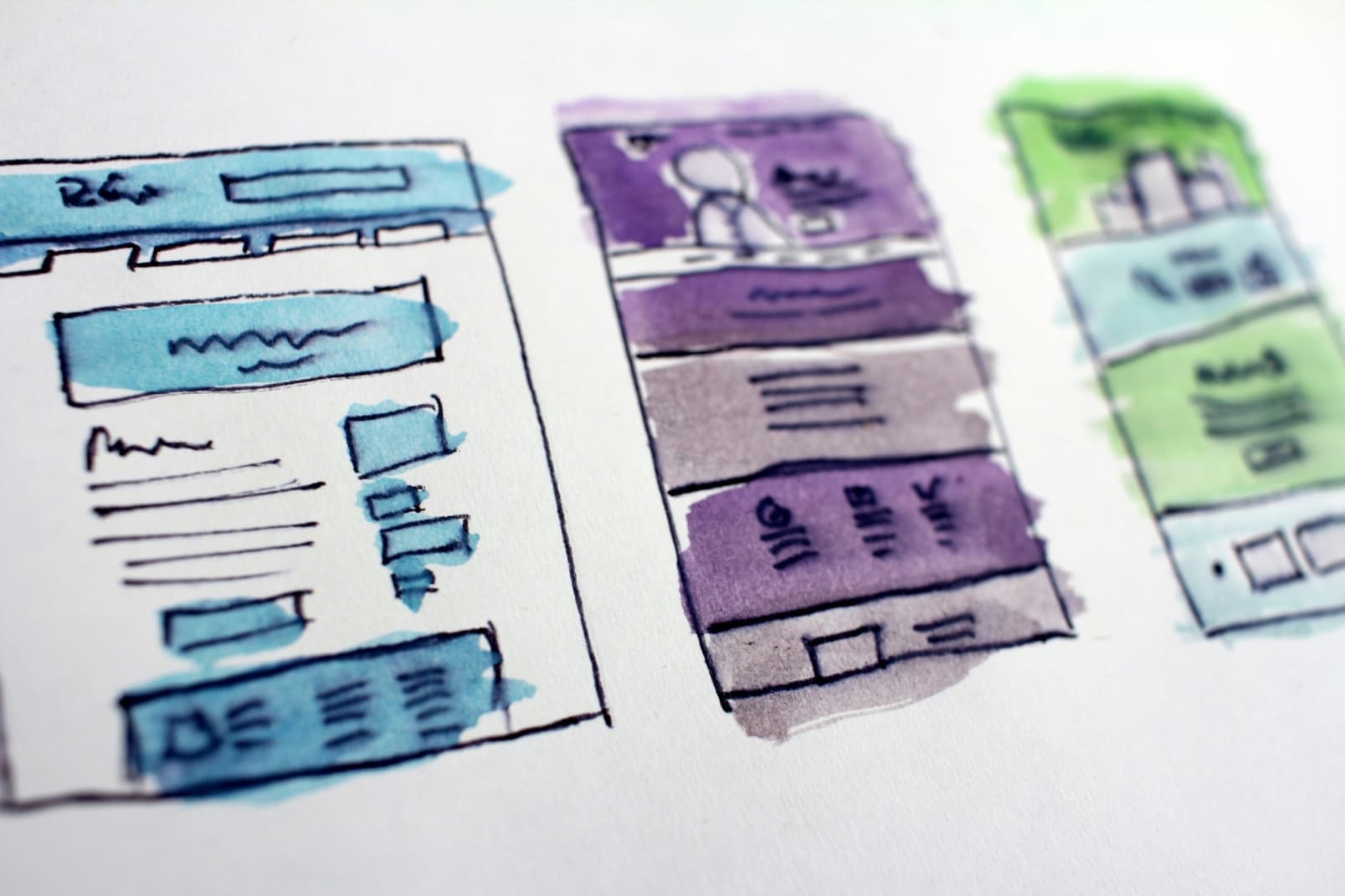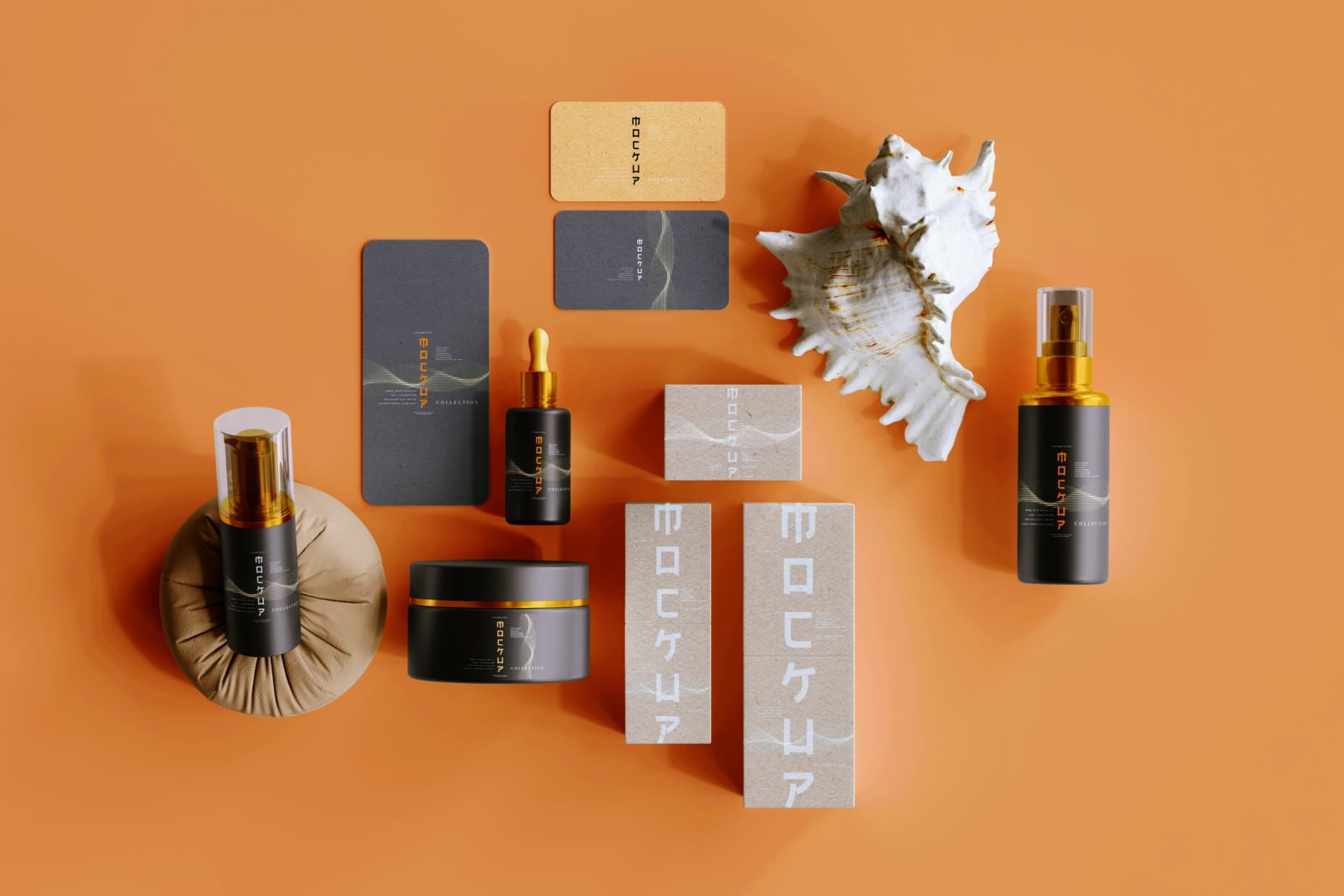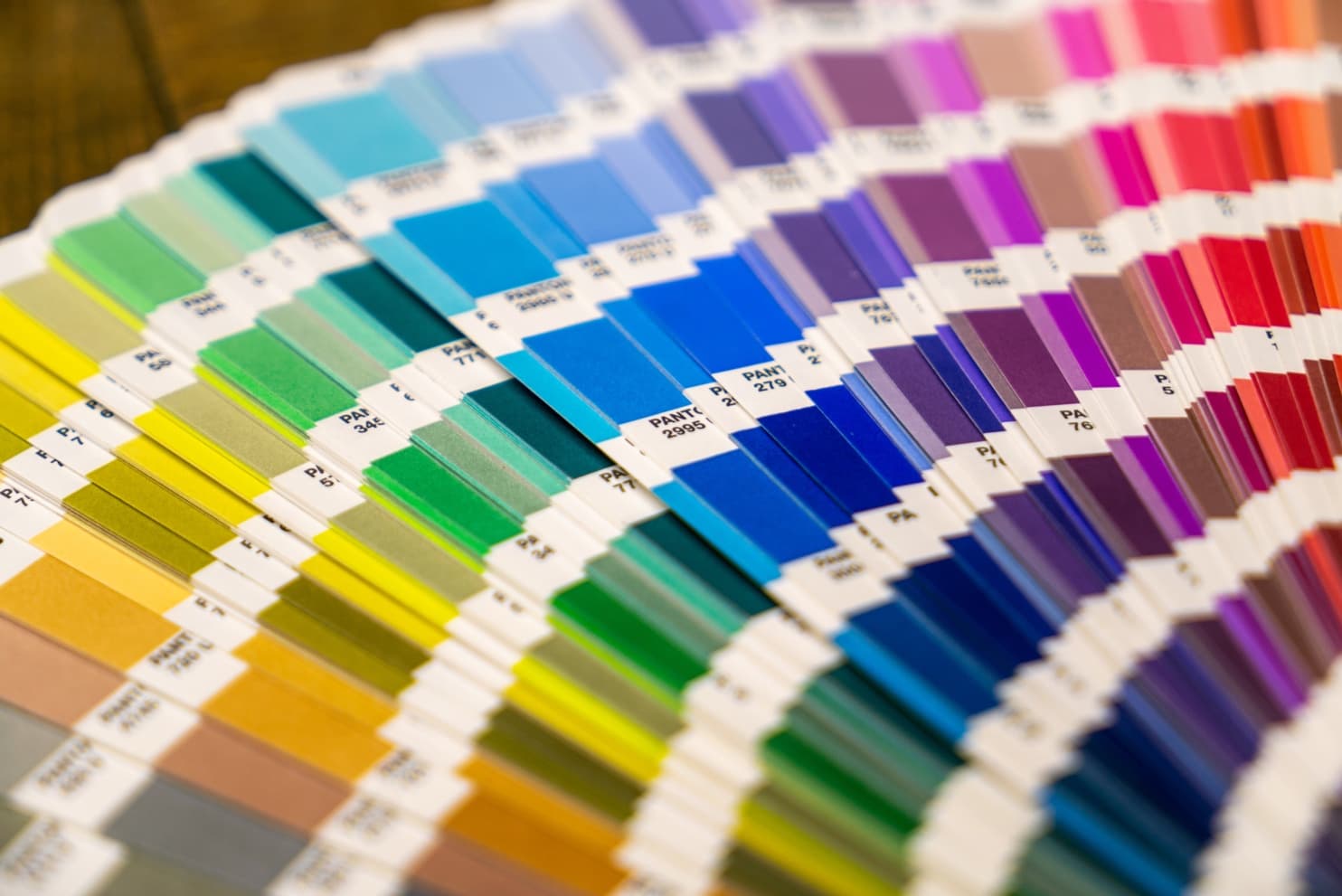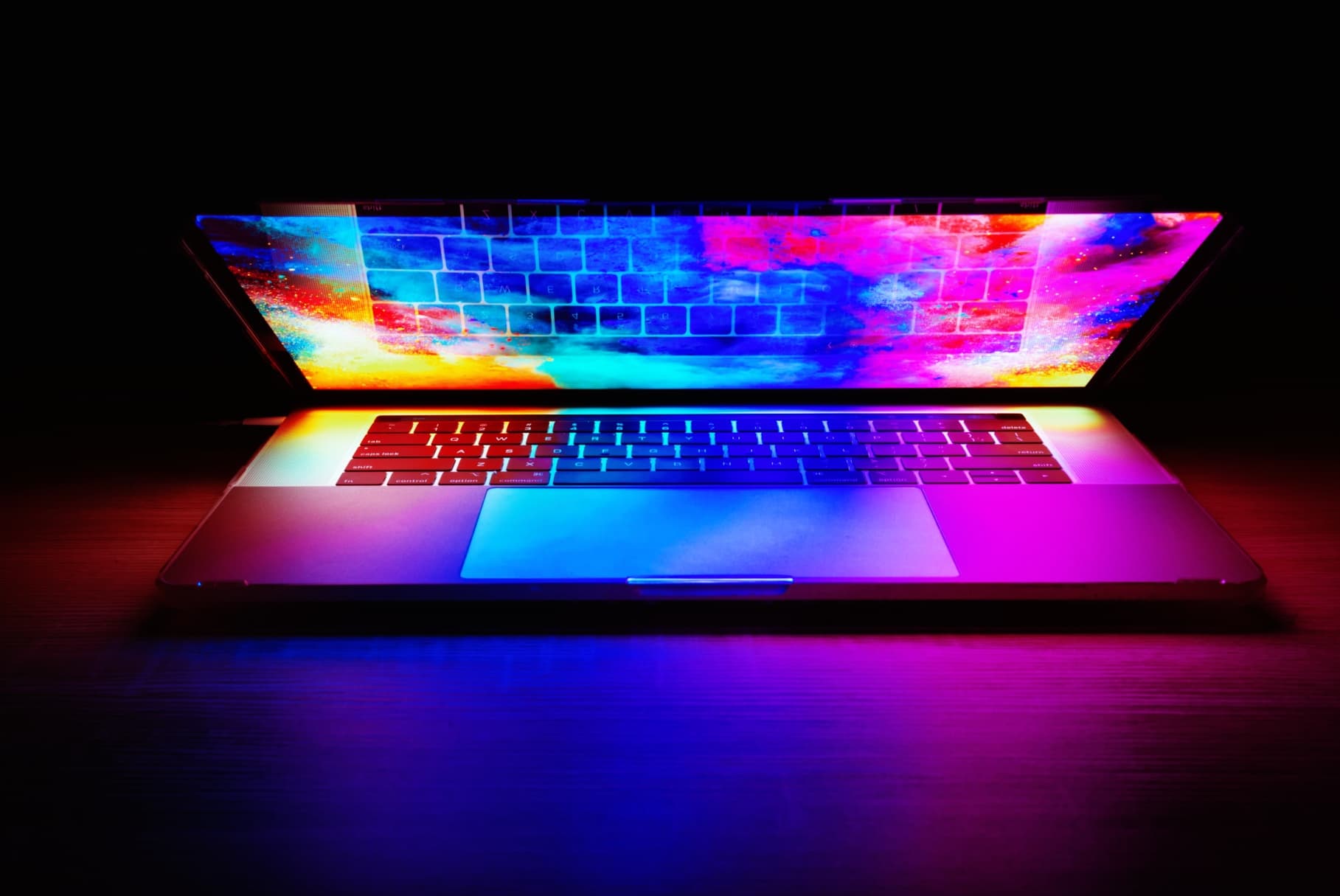The Psychology of Color in Web Design
by Andrea V., Lead Artist
The Psychology of Color in Web Design: Crafting Emotion and Action Through Hue
In the vast expanse of digital design, color is far more than a mere aesthetic choice—it's a pivotal communication tool that influences user behavior, emotions, and decision-making processes. Understanding the psychology of color in web design enables designers to create more engaging, effective, and memorable websites. Below we'll delve into how different colors can affect user perceptions and actions, offering insights into selecting the optimal palette for various website genres.

The Power of Color Psychology
Color psychology studies how hues can impact human behavior and emotions. It’s a field of study that marketers, artists, and designers have long exploited to enhance their creations' appeal and effectiveness. In web design, color not only contributes to the visual attractiveness of a site but also to its usability and user experience.
Emotional Responses to Color
Each color can evoke different emotions and feelings, influencing how users perceive a brand or website. For instance:
- Blue: Often associated with trust, security, and calm, blue is a favorite in corporate and financial websites.
- Red: A color of passion, urgency, and excitement, red is commonly used for call-to-action buttons or sale announcements.
- Green: Reflecting growth and relaxation, green is prevalent in environmental and wellness-focused sites.
- Yellow: Evoking optimism and happiness, yellow can grab attention but must be used sparingly due to its potential to overwhelm.
- Orange: A blend of red's passion and yellow's happiness, orange is energetic and inviting, suitable for calls to action and impulse buying triggers.
- Purple: Signifying luxury and creativity, purple is ideal for beauty and fashion websites.
Understanding these emotional cues is crucial for designers to align a website’s color scheme with its intended message and user experience.

Choosing the Right Palette
Selecting a color palette goes beyond personal preference; it involves strategic decisions based on the brand's identity, audience demographics, and the psychological impact of colors. Here are steps and considerations in choosing the right palette:
1. Brand Alignment
Ensure the colors align with the brand's personality and values. A mismatch can lead to confusion and disengagement.
2. Audience Preferences
Consider the preferences and cultural significances of the target audience. Age, gender, and cultural background can influence how colors are perceived and received.
3. Color Combinations
Utilize color theory to create harmonious combinations. Tools like the color wheel can help identify complementary, analogous, or triadic schemes that enhance overall aesthetics and readability.
4. Contrast for Usability
High contrast between background and text improves readability and accessibility. Ensure there’s sufficient contrast to make navigation easy for all users, including those with visual impairments.
5. Testing and Feedback
A/B testing different color schemes can provide insights into user preferences and behaviors, allowing for data-driven decisions in the design process.

Color in Action: Website Genres and Color Schemes
Different website genres often leverage specific color schemes to evoke appropriate emotional responses and actions:
- E-commerce: Bright and bold colors like red or orange can create a sense of urgency, encouraging purchases.
- Healthcare: Blue and green promote a sense of trust and calm, essential for healthcare websites.
- Educational: Neutral colors combined with accents of green or blue can stimulate focus and tranquility.
- Food and Beverage: Red and yellow stimulate appetite and are frequently used in food-related websites.
Evolving with Color
Color trends in web design evolve, influenced by cultural shifts, technological advancements, and user preferences. Staying abreast of these trends, while grounded in the timeless principles of color psychology, ensures that web designs remain fresh, relevant, and effective.
Conclusion
The psychology of color in web design is a profound tool that, when wielded with skill and understanding, can significantly enhance the user experience. By carefully selecting colors that align with brand identity, audience demographics, and the desired emotional response, designers can create websites that not only look stunning but also resonate deeply with users, driving engagement and action. In the digital realm, where competition for attention is fierce, mastering the nuances of color psychology can be a game-changer for any brand.
